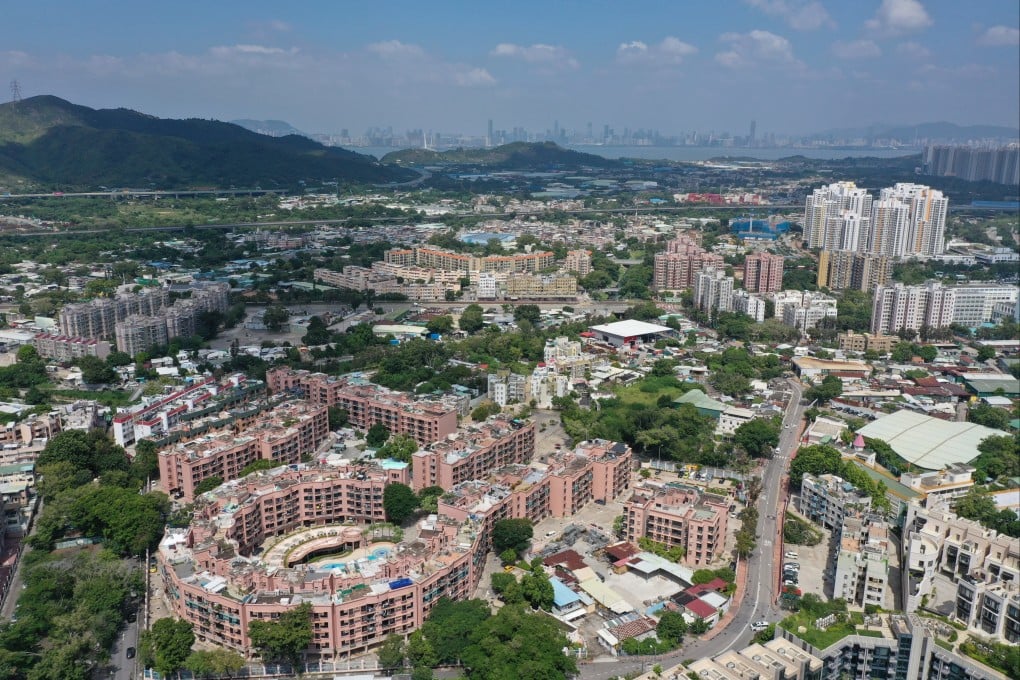Concerns raised over Hong Kong decision to allow more housing on site near border area
Decision to allow up to 20 per cent of non-residential floor area of Hung Shui Kiu site to be converted to housing use raises eyebrows

A concern group and a planning expert have expressed worries that a Hong Kong government decision allowing more housing to be built near the border with mainland China may create a negative perception among the public that it prioritises the needs of developers.
The Development Bureau raised eyebrows this week when it announced that up to 20 per cent of the non-residential floor area of a site near the future MTR station in Hung Shui Kiu, in the northern New Territories, could be converted to residential use, provided it did not compromise the area’s position as a high-end professional services hub.
The move came three months after a major developer, speaking on condition of anonymity, told the Post it might withdraw its land exchange applications in the area if the government did not ease commercial site requirements, citing the smaller demand for traditional offices after the Covid-19 pandemic.
The developer suggested rezoning about 40 per cent of the gross commercial floor area of the site for residential or mixed-use purposes to provide more flexibility.
Following the bureau’s announcement, Chan Kim-ching, founder of Liber Research Community, a local NGO focused on land and development research, argued on Thursday that its move suggested authorities were acting under pressure from a developer rather than responding to market conditions.
“The scale of changes is quite significant. We are concerned that the government may prioritise the needs of developers while neglecting overall planning for the area,” he said.
